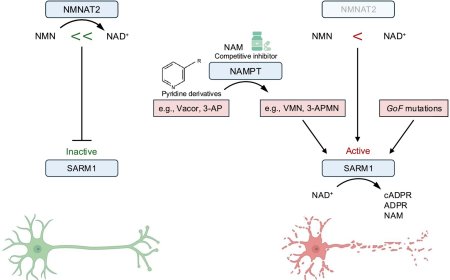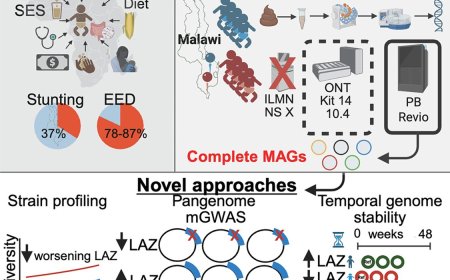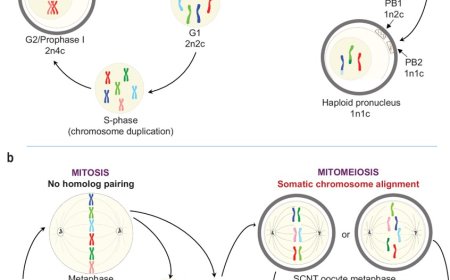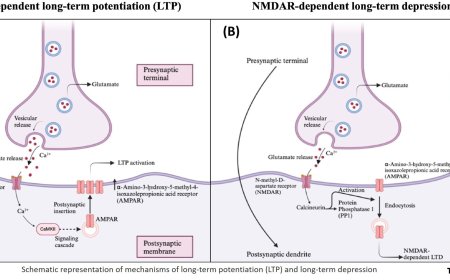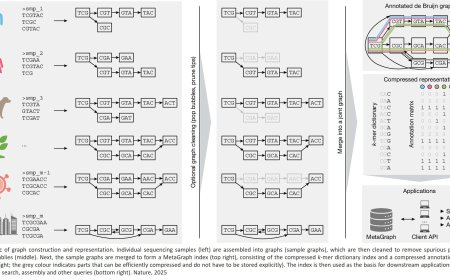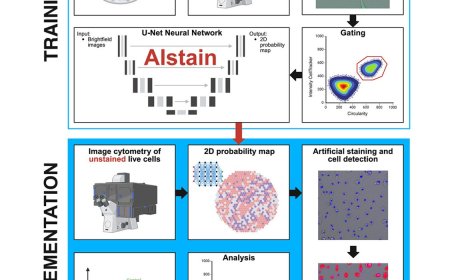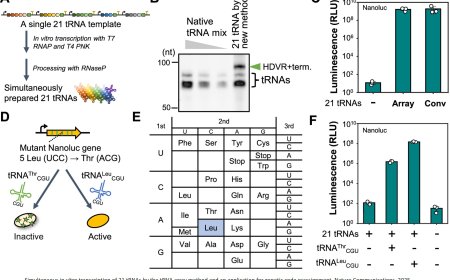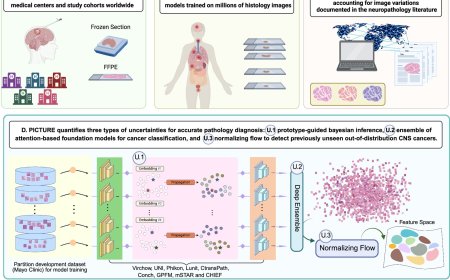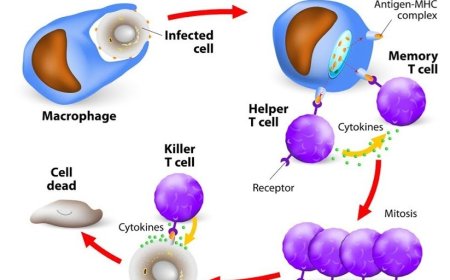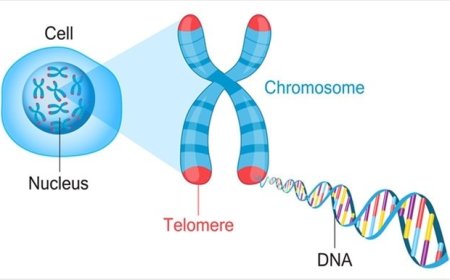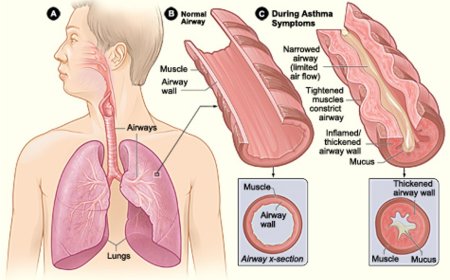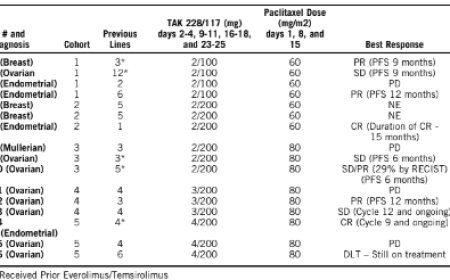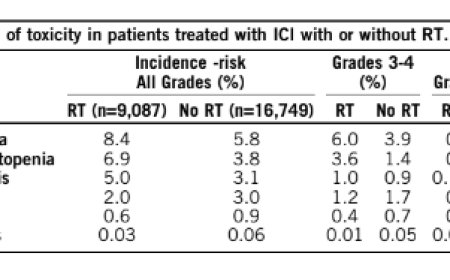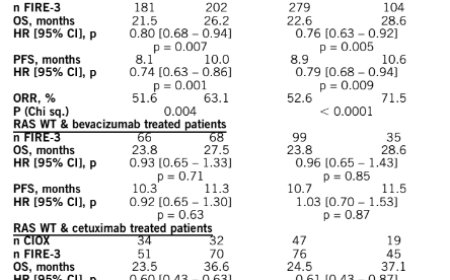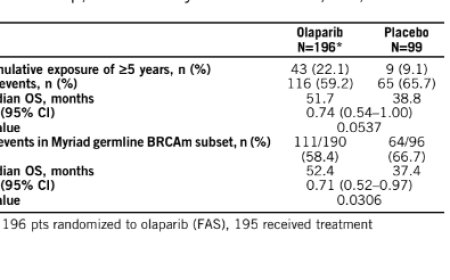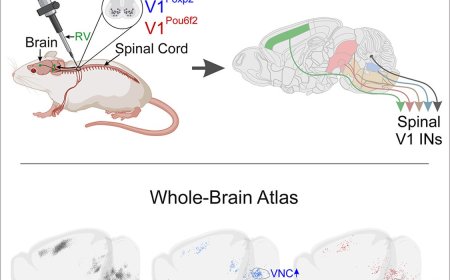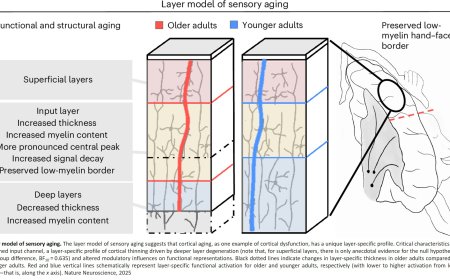Microglial gene mutation inked to increased Alzheimer’s risk
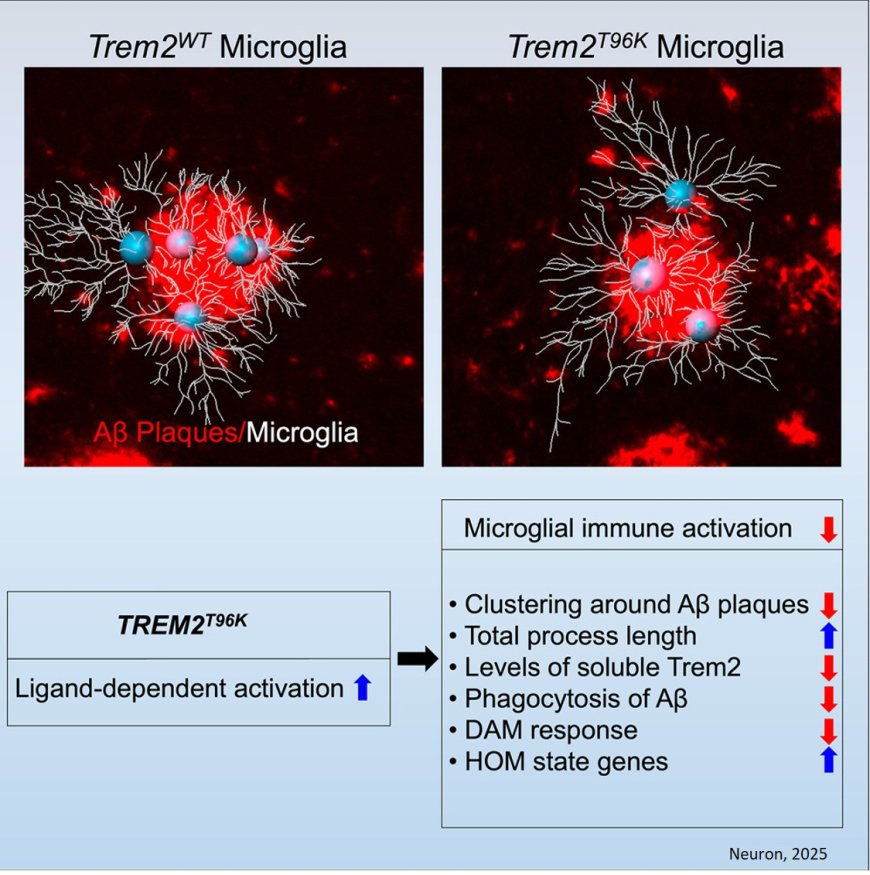
The team wanted to understand how immune cells of the brain, called microglia, contribute to Alzheimer’s disease (AD) pathology. It’s known that subtle changes, or mutations, in genes expressed in microglia are associated with an increased risk for developing late-onset AD.
The study focused on one such mutation in the microglial gene TREM2, an essential switch that activates microglia to clean up toxic amyloid plaques (abnormal protein deposits) that build up between nerve cells in the brain. This mutation, called T96K, is a “gain-of-function” mutation in TREM2, meaning it increases TREM2 activation and allows the gene to remain super active.
They explored how this mutation impacts microglial function to increase risk for AD. The authors generated a mutant mouse model carrying the mutation, which was bred with a mouse model of AD to have brain changes consistent with AD. They found that in female AD mice exclusively, the mutation strongly reduced the capability of microglia to respond to toxic amyloid plaques, making these cells less protective against brain aging.
They asked whether the T96K mutation in the TREM2 gene helps or hurts the pathogenesis of Alzheimer’s disease. This led to investigate how this mutation affects microglial function in mouse models of AD.
To analyze the role of this mutation in Alzheimer’s disease, the authors combined studies of human genes, a novel TREM2-T96K mouse model, and lab tests on microglial cells. To examine the brain tissue, they used an optical imaging technique called confocal microscopy and protein tracking tools, including ELISA. Finally, the authors used single-cell RNA sequencing of microglia isolated from the mouse brain and bioinformatic analysis to map out exactly how the T96K mutation changes the microglia activity over time.
The study is the first to show that a gain-of-function mutation in TREM2 (not just a loss-of-function mutation) is associated with Alzheimer’s disease risk, and that it impairs the uptake of toxic amyloid beta (Aβ). Additionally, the specific T96K mutation they focused on decreased the total area covered by the microglia “cleanup crews” and suppressed their disease-fighting response, specifically in female AD mice.
These findings should help guide novel therapeutic approaches for the prevention and treatment of Alzheimer’s disease, based on targeting TREM2.
Notably, the results also underscore the need for more studies addressing whether novel AD therapies aimed at enhancing TREM2 activity could have adverse, as opposed to beneficial, effects on AD pathogenesis.
Future work will focus on investigating the role of TREM2 gain-of-function mutations in modulating immune functions, microglial lipid metabolism and cellular aging in human microglia-like cells and mouse models of Alzheimer’s disease.
https://www.cell.com/neuron/fulltext/S0896-6273(25)00745-7
https://sciencemission.com/gain-of-function-TREM2-T96K-mutation
